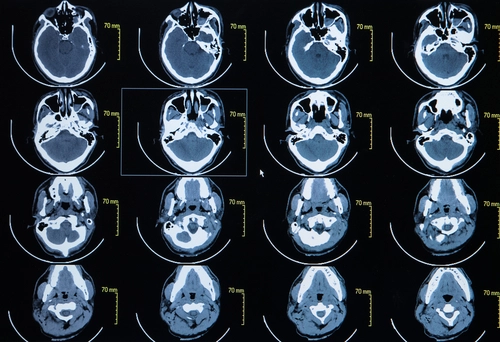Radiology Coding Alert
CMS:
Discern Medicare Falsehoods From Truths With These Myth Busters
Published on Wed Jan 22, 2020

You’ve reached your limit of free articles. Already a subscriber? Log in.
Not a subscriber? Subscribe today to continue reading this article. Plus, you’ll get:
- Simple explanations of current healthcare regulations and payer programs
- Real-world reporting scenarios solved by our expert coders
- Industry news, such as MAC and RAC activities, the OIG Work Plan, and CERT reports
- Instant access to every article ever published in Revenue Cycle Insider
- 6 annual AAPC-approved CEUs
- The latest updates for CPT®, ICD-10-CM, HCPCS Level II, NCCI edits, modifiers, compliance, technology, practice management, and more
Related Articles
Other Articles in this issue of
Radiology Coding Alert
- CPT® 2020:
Incorporate New Radiological GI Changes With Examples
Take note of this especially important new add-on code. As the new year begins, you’re [...] - CPT® Coding:
Get Terminated Lung Biopsy Coding Right With This Guide
Navigate your way through a plethora of helpful examples. If you’re used to coding biopsies [...] - CMS:
Discern Medicare Falsehoods From Truths With These Myth Busters
Enhance your Medicare knowledge that extends beyond the coding realm. When working with a Medicare [...] - You Be the Coder:
Let Dictation Report Guide Your Terminated Procedure Coding
Question: We’ve got a patient who was placed into the magnetic resonance imaging (MRI) scanner [...] - Reader Question:
Dive Deep Into Meaning of This 36478, 36471 NCCI Edit
Question: We’ve begun receiving denials when reporting 36478 with 36471. I found the Centers for [...] - Reader Question:
Refer to These Important Excludes Notes for Wellness Exams
Question: What’s the ICD-10-CM code for a wellness exam for a plain chest X-ray? Tennessee [...] - Reader Question:
Look Out for This New Vaping-Related Disorder Code
Question: I’ve heard there’s a new diagnosis code coming out for patients with vaping related [...]
View All




